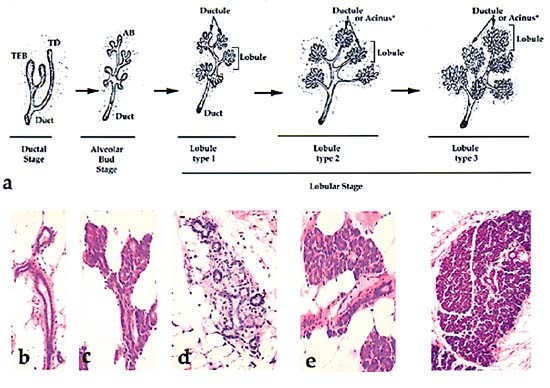Unlocking the mysteries of microinvasive carcinoma: A comprehensive guide
– Microinvasive carcinoma of the breast is a rare tumor that occurs in a background of in situ carcinomas.
– The invasive component of the tumor is less than 1 mm.
– Signs and symptoms include a lump in the breast, swelling or skin thickening around the lump, and changes in breast profile.
– Complications can include the spread of cancer to other locations and treatment side effects such as nausea, vomiting, and hair loss.
– Treatment may involve surgery, chemotherapy, radiation therapy, and targeted therapy, depending on the stage of the tumor.
– The prognosis is generally excellent, as long as complete excision and removal of the tumor are achieved.
– Microinvasive carcinoma of the breast represents less than 1% of all breast cancer types.
– It is associated with ductal carcinoma in situ, and it is believed that 5-10% of DCIS cases may have microinvasion.
– The risk factors for microinvasive carcinoma of the breast include the presence of DCIS, being a woman, age over 40 years, a history of breast cancer, and a family history of breast cancer.
– Inherited gene mutations (BRCA1 or BRCA2) can increase the risk of microinvasive carcinoma.
– Radiation therapy to the chest or breast area can also increase the risk.
– Being overweight or obese increases the risk after menopause.
– Alcohol consumption, early onset of menstruation, and late menopause increase the risk.
– Postmenopausal hormone therapy with estrogen and progesterone increases the risk.
– Having the first child after the age of 35 or never having a child increases the risk.
– Lack of physical exercise and not breastfeeding the child increase the risk.
– The exact cause of microinvasive carcinoma is unknown, but hormonal influence and certain gene mutations may play a role.
– Symptoms may include a lump in the breast or underarm area, thickening or swelling of the breast, nipple inversion, bloody discharge from the nipple, changes to the skin covering the breast or nipple area, and breast pain.
– Diagnosis is typically done through a physical examination, evaluation of medical and family history, and potentially genetic testing for gene mutations.
– Microinvasive carcinoma can be diagnosed through various medical tests and procedures such as mammography, galactography, breast ultrasound scan, computerized tomography or magnetic resonance imaging, and positron emission tomography.
– The gold standard for diagnosing microinvasive carcinoma is a biopsy, which can be done through fine needle aspiration biopsy, core needle biopsy, or open tissue biopsy.
– Additional tests may be performed to rule out other conditions and obtain an accurate diagnosis.
– Complications of microinvasive carcinoma include emotional distress, rare metastasis to local lymph nodes, rare recurrence following surgery, and side effects of chemotherapy and radiation therapy.
– Treatment options depend on the type and staging of the cancer and the hormone sensitivity of the cancer cells.
– Surgical options include lumpectomy, mastectomy, sentinel node biopsy, and axillary node dissection.
– Chemotherapy may be used to kill remaining cancer cells or shrink the tumor.
– Radiation therapy uses high-energy beams to kill cancer cells.
– Hormone therapy may be recommended for hormone receptor-positive tumors.
– Targeted therapy drugs can be used to attack cancer cells in a specific manner.
– Lifestyle changes such as maintaining a healthy weight, exercising regularly, and following a well-balanced diet can help reduce the risk of microinvasive carcinoma.
– Regular cancer screenings, including breast self-exams, can help detect breast cancer at its earliest stages.
– Prophylactic measures such as taking estrogen-blocking drugs or undergoing prophylactic mastectomy may be suggested for women at high risk.
– Prognosis for microinvasive carcinoma is generally very good, especially with complete excision and removal of the tumor.
– Factors that can influence prognosis include grade, size, stage, hormone-receptor status, and response to treatment.
